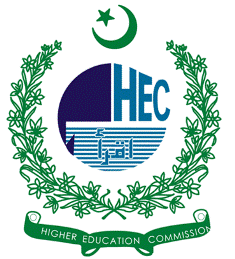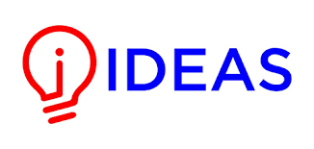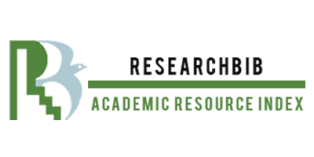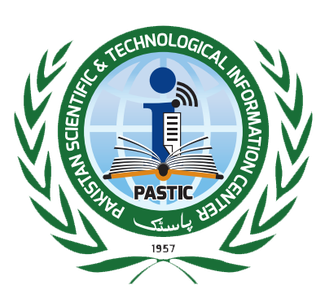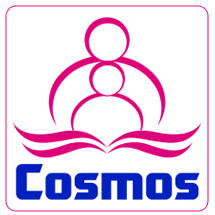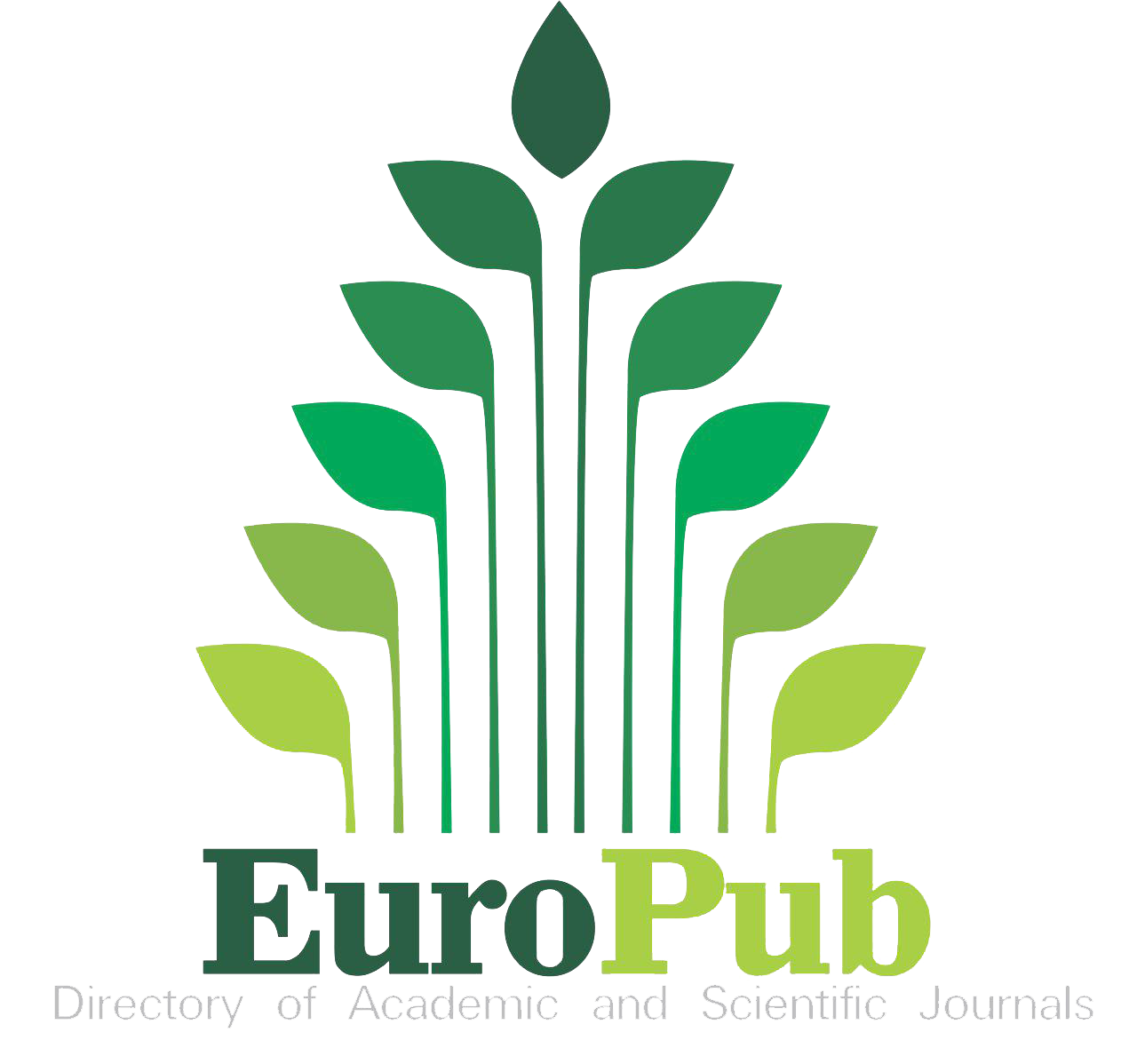Recycling of Laptop Spent Li-Ion Batteries and Characterization of Extracted Materials
Keywords:
Lithium-Ion Batteries, Recycling, Hydro-Metallurgy, Lithium Carbonate, Cobalt HydroxideAbstract
As the use of smart devices increases, the energy demand continues to grow, leading to higher consumption of lithium-ion batteries (LIBs) in portable electronics such as laptops, tablets, smartphones, and electric vehicles. This increased usage has resulted in a rising number of discarded batteries, which contain hazardous chemicals and heavy metals that pose serious environmental risks. Recycling these batteries efficiently is essential for both environmental protection and economic sustainability. This study explores a recycling method for used laptop and notebook batteries through a pretreatment and solvent dissolution process, using mild phosphoric acid as the leaching agent. The hydro-metallurgical process successfully recovers 5.124% lithium and 42.143% cobalt, yielding lithium carbonate and cobalt hydroxide. The batteries, which consist of 50.80% lithium cobalt oxide (LiCoO₂) cathodes on aluminum and graphite anodes on copper foils, serve as the primary source of material recovery. The recovered lithium carbonate and cobalt hydroxide are then used to synthesize active powder for cathode material. Advanced characterization techniques, including Cyclic Voltammetry (CV), Raman spectroscopy, and Electrochemical Impedance Spectroscopy (EIS), are employed to analyze the electrochemical properties of the recovered materials and synthesized powders. The results confirm the effectiveness of this recycling method in recovering valuable materials while reducing environmental impact. By addressing the growing problem of battery waste, this approach supports the sustainable production of new batteries through the reuse of critical materials. The study emphasizes the importance of developing efficient recycling technologies to promote a circular economy and reduce dependence on raw material extraction.
References
H. Pinegar and Y. R. Smith, “Recycling of End-of-Life Lithium Ion Batteries, Part I: Commercial Processes,” J. Sustain. Metall., vol. 5, no. 3, pp. 402–416, Sep. 2019, doi: 10.1007/S40831-019-00235-9/METRICS.
J. C. C. Junying Xie, Kaiyou Huang, Zhenglin Nie, Wenyi Yuan, Xiaoyan Wang, Qingbin Song, Xihua Zhang, Chenglong Zhang, Jingwei Wang, “An effective process for the recovery of valuable metals from cathode material of lithium-ion batteries by mechanochemical reduction,” Resour. Conserv. Recycl., vol. 168, p. 105261, 2021, doi: https://doi.org/10.1016/j.resconrec.2020.105261.
K. S. S. Shrinidhi Sambamurthy, Smita Raghuvanshi, “Environmental impact of recycling spent lithium-ion batteries,” Procedia CIRP, vol. 98, pp. 631–636, 2021, doi: https://doi.org/10.1016/j.procir.2021.01.166.
D. Y. Brian Makuza, Qinghua Tian a b, Xueyi Guo, Kinnor Chattopadhyay, “Pyrometallurgical options for recycling spent lithium-ion batteries: A comprehensive review,” J. Power Sources, vol. 491, p. 229622, 2021, doi: https://doi.org/10.1016/j.jpowsour.2021.229622.
Z. X. Xiao, Jiefeng, Li, Jia, “Recycling metals from lithium ion battery by mechanical separation and vacuum metallurgy,” J. Hazard. Mater., vol. 338, pp. 124–131, 2017, doi: https://doi.org/10.1016/j.jhazmat.2017.05.024.
Z. X. Jiefeng Xiao, Bo Niu, “Highly efficient selective recovery of lithium from spent lithium-ion batteries by thermal reduction with cheap ammonia reagent,” J. Hazard. Mater., vol. 418, p. 126319, 2021, doi: https://doi.org/10.1016/j.jhazmat.2021.126319.
W. Z. Leqi Lin, Zhongming Lu, “Recovery of lithium and cobalt from spent Lithium- Ion batteries using organic aqua regia (OAR): Assessment of leaching kinetics and global warming potentials,” Resour. Conserv. Recycl., vol. 167, p. 105416, 2021, doi: https://doi.org/10.1016/j.resconrec.2021.105416.
M. R. T. Georgi-Maschler, B. Friedrich, R. Weyhe, H. Heegn, “Development of a recycling process for Li-ion batteries,” J. Power Sources, vol. 207, pp. 173–182, 2012, doi: https://doi.org/10.1016/j.jpowsour.2012.01.152.
K. Z. Mina Rezaei, Atiyeh Nekahi, Anil Kumar M R, Ameer Nizami, Xia Li, Sixu Deng, Jagjit Nanda, “A review of lithium-ion battery recycling for enabling a circular economy,” J. Power Sources, vol. 603, p. 236157, 2025, doi: https://doi.org/10.1016/j.jpowsour.2024.236157.
K. A. Li Li, Jennifer B. Dunn, Xiao Xiao Zhang, Linda Gaines, Ren Jie Chen a, Feng Wu, “Recovery of metals from spent lithium-ion batteries with organic acids as leaching reagents and environmental assessment,” J. Power Sources, vol. 233, pp. 180–189, 2013, doi: https://doi.org/10.1016/j.jpowsour.2012.12.089.
S. K. . Bhar, M (Bhar, Madhushri) ; Ghosh, S (Ghosh, Shuvajit) ; Krishnamurthy, S (Krishnamurthy, Satheesh) ; Kaliprasad, Y (Kaliprasad, Y.) ; Martha, SK (Martha, “A review on spent lithium-ion battery recycling: from collection to black mass recovery,” RSC Sustain., vol. 1, no. 5, pp. 1150–1167, 2023, doi: 10.1039/d3su00086a.
T. M. Denis Werner, Urs Alexander Peuker, “Recycling Chain for Spent Lithium-Ion Batteries,” Metals (Basel)., vol. 10, no. 3, p. 316, 2020, doi: https://doi.org/10.3390/met10030316.
M. Alipanah, A. K. Saha, E. Vahidi, and H. Jin, “Value recovery from spent lithium-ion batteries: A review on technologies, environmental impacts, economics, and supply chain,” Clean Technol. Recycl., vol. 1, no. 2, pp. 152–184, 2021, doi: 10.3934/CTR.2021008.
G. G. Kirti Richa, Callie W. Babbitt, “Eco-Efficiency Analysis of a Lithium-Ion Battery Waste Hierarchy Inspired by Circular Economy,” J. Ind. Ecol., 2017, doi: https://doi.org/10.1111/jiec.12607.
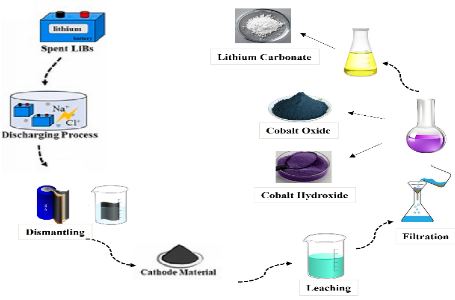
Downloads
Published
How to Cite
Issue
Section
License
Copyright (c) 2025 50sea

This work is licensed under a Creative Commons Attribution 4.0 International License.

